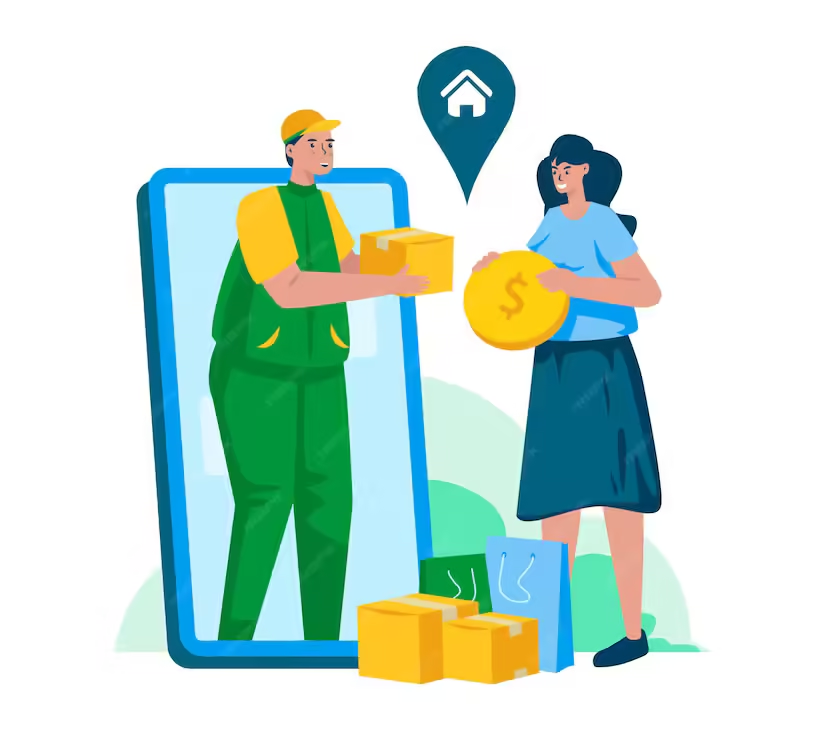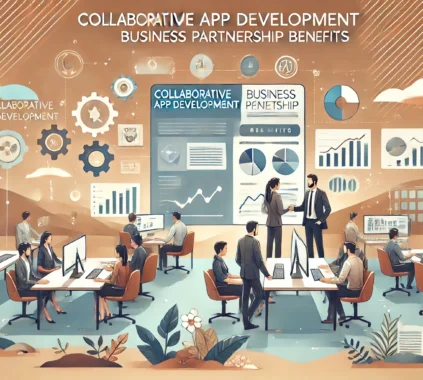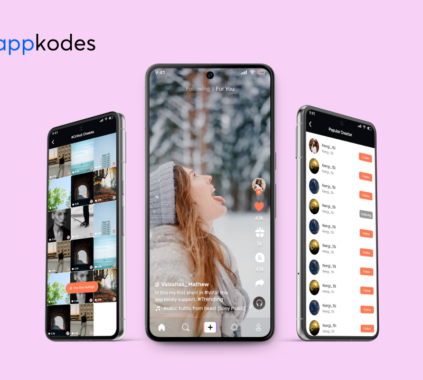In today’s fast-paced digital world, delivery services have become a necessity. With the rising demand for fast and reliable deliveries, launching an all-in-one delivery app can be a profitable and impactful business venture. However, developing a delivery app that covers everything from user experience to backend logistics is no small task. In this step-by-step guide, we will walk you through the essential phases of launching a successful all-in-one delivery app.
1. Market Research: Understand Your Audience and Competition
Before diving into the technical aspects of app development, it is crucial to conduct thorough market research. This step helps you understand the following:
- Target audience: Who will use your app? Businesses, individual consumers, or both?
- User pain points: What are the current problems or challenges they face in delivery services?
- Competitors: Identify existing players in the market, their strengths, and their weaknesses.
Understanding your audience and competition helps you refine your delivery app’s concept and ensures you focus on features that meet user needs.
Do you want to visit Haridwar? travel agents in Haridwar is the right place to plan your tour. You can book your tour from here.
Key Tips:
- Survey potential users to learn their preferences.
- Analyze successful delivery apps to identify popular features.
- Use competitive analysis tools to gather insights on market gaps.
2. Define Your App’s Core Features
A well-defined feature set is the foundation of a successful delivery app. You need to decide what functionalities will make your app stand out. Some must-have features for an all-in-one delivery app include:
- User registration and profiles: Enable users to create profiles easily, whether through social media sign-ins or email.
- Real-time order tracking: Allow customers to track deliveries from dispatch to doorstep.
- Multiple delivery options: Include options for same-day, scheduled, and express deliveries.
- In-app payments: Integrate secure payment gateways for seamless transactions.
- Push notifications: Notify users about delivery updates, promotions, or delays.
Custom features like loyalty programs, ratings and reviews, and route optimization for drivers can provide a competitive edge.
Key Tips:
- Start with a Minimum Viable Product (MVP) that focuses on essential features and expands based on user feedback.
- Prioritize user-friendly interfaces and efficient backend operations for a smooth experience.
3. Choose the Right Technology Stack
The success of your app depends on selecting the right technology stack. The technology you choose should be scalable, secure, and optimized for performance. Your app will consist of three major components:
Do you want to visit char dham? char dham tour operator is the right place to plan you Char Dham tour. You can book you tour from here.
- Frontend (user interface): Typically developed using frameworks like React Native, Flutter, or Swift for iOS and Kotlin for Android.
- Backend (server-side infrastructure): Use scalable backend frameworks such as Node.js, Ruby on Rails, or Django.
- Database: A robust database like MongoDB, PostgreSQL, or Firebase will store user data and transaction histories.
If you lack the technical expertise, consider hiring a professional app development team to handle the complex technical details.
Key Tips:
- Focus on scalability from day one to handle future growth.
- Ensure the app is compatible with both Android and iOS platforms to reach a wider audience.
- Implement APIs for geolocation, payment gateways, and notifications.
4. Design an Intuitive User Interface (UI) and User Experience (UX)
The success of your app depends heavily on its design. The main features of a well-designed user interface should be speed, ease of use, and simplicity. Give top priority to visually appealing layouts, responsive design that functions well on a variety of devices, and straightforward navigation.
Key Tips:
- Use wireframes and prototypes to visualize app design before coding.
- Incorporate feedback from beta testers to refine the design and functionality.
- Ensure that the app loads quickly and runs smoothly to enhance the user experience.
5. Develop the app and test it extensively.
Once you have a clear idea of your app’s features and appearance, the development phase begins. Work together with developers to make sure that every technical detail—such as scalability, security, and app performance—is taken care of.
Testing is equally important. Use quality assurance (QA) testers to detect bugs and usability issues. Conduct different types of testing, including:
- Functional testing: Ensure each feature works as expected.
- Performance testing: Test app speed and responsiveness under different conditions.
- Security testing: Verify that user data and payments are secure.
Key Tips:
- Test the app on various devices and screen sizes to ensure compatibility.
- Include real-time delivery scenarios to identify potential issues.
- Beta test with a small group of users for further insights and improvement.
6. Launch the App and Market It Effectively
Once your app has passed testing, it’s time to launch! But before you do, make sure your marketing strategy is in place to drive user adoption.
Pre-launch Activities:
- Create a buzz: Use social media, email marketing, and influencers to create excitement about the app launch.
- App store optimization (ASO): Write compelling app descriptions and use relevant keywords to boost visibility in app stores.
- Press releases and media coverage: Reach out to industry blogs, local media, and tech journalists to gain exposure.
Post-launch Activities:
- Monitor user feedback: Engage with your audience through reviews and ratings.
- Regular updates: Continuously improve the app by fixing bugs and introducing new features.
- Offer promotions: Use referral programs, discounts, and promotional offers to attract more users.
Key Tips:
- Use paid advertising like Google Ads or social media ads to increase downloads.
- Leverage partnerships with businesses and restaurants to expand your delivery network.
- Track analytics to understand user behavior and optimize your marketing strategy.
7. Scale Your App
Developing your app is the next stage after the first launch. Put your attention toward developing new features, reaching new markets, and raising user engagement. To improve functionality, you can also add new services like food or grocery delivery or even interface with outside services.
Do you want to visit Indiar? tour operator in India is the right place to plan your tour. You can book your tour from here.
Key Tips:
- Focus on data analytics to understand growth patterns.
- Add value-added features like AI-driven recommendations, chatbots for customer support, or integration with wearable devices.
- Expand geographically to reach new users.
Conclusion
Introducing an all-in-one delivery app may be an exciting and difficult undertaking. You will be well-prepared to develop a potent, approachable, and scalable delivery system if you follow this step-by-step tutorial. Keep an eye on what the market requires, make sure users have a positive experience, and be ready to change and expand as your company does.







